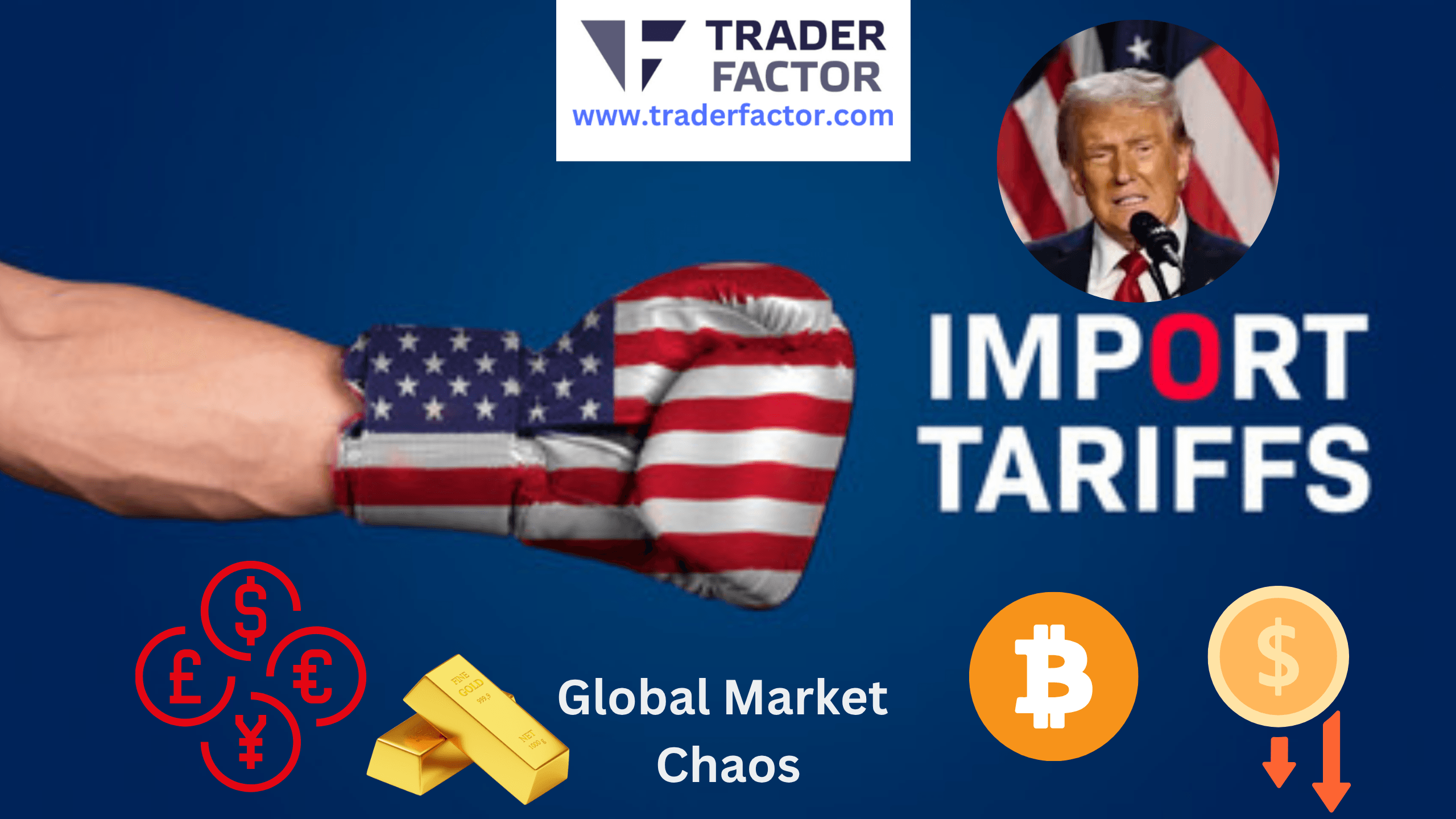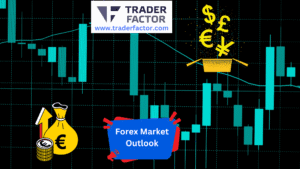Global markets were thrown into chaos after President Donald Trump announced a potential 100% tariff on all critical software from China. This unexpected development triggered a massive sell-off across both traditional and digital asset markets. The stock market saw trillions of dollars erased from its value in a single day, while the cryptocurrency market experienced one of its largest liquidation events in history. Investors are now grappling with the fallout from this aggressive trade stance, which has sent shockwaves through the global financial system and raised serious questions about future economic stability and international trade relations.
Table of Contents
ToggleStock and Crypto Markets Crash
The announcement sent immediate and severe tremors through financial markets worldwide. The reaction was swift, with investors moving quickly to de-risk their portfolios in the face of heightened geopolitical and economic uncertainty. The proposed tariffs, targeting critical software, were perceived as a significant escalation in trade tensions, prompting a widespread flight to safety that spared few asset classes. Consequently, indices from Wall Street to Asia plummeted as the scale of the potential economic disruption became apparent.

Stock Markets Suffer Unprecedented Losses
The impact on global equities was particularly brutal. In a single trading session, an estimated $2 trillion was wiped from stock market valuations. Major indices experienced sharp declines as investors digested the implications of such a drastic protectionist measure. The sell-off was broad-based, affecting technology, manufacturing, and retail sectors that rely heavily on international supply chains and Chinese markets. This sudden drop reflects deep concerns that these tariffs could cripple corporate earnings, disrupt global trade flows, and potentially trigger a wider economic downturn.
Asian Markets Follow the Downward Trend
Following the news, Asian markets opened significantly lower, echoing the negative sentiment from Wall Street. Bourses in Tokyo, Hong Kong, and Shanghai all recorded substantial losses as the reality of a renewed and more aggressive trade war set in. Given the region’s deep economic integration with China, investors there reacted with significant alarm. The threat of 100% tariffs on software not only affects Chinese companies but also the intricate network of suppliers and partners across Asia, creating a ripple effect that threatens regional economic stability and growth prospects.
Cryptocurrency Market Faces Historic Liquidation
The digital asset space was not immune to the market panic; in fact, it experienced one of its most severe downturns on record. The cryptocurrency market, often touted as a hedge against traditional financial instability, instead moved in lockstep with equities, highlighting its growing correlation with macroeconomic factors. The sudden increase in market volatility triggered a cascade of automated sell-offs across various exchanges, amplifying the downward pressure on prices.

Bitcoin and Ethereum Plummet
Leading cryptocurrencies Bitcoin and Ethereum saw their values plummet dramatically. The price action was severe, with both assets shedding a significant percentage of their value within hours of the announcement. This sharp decline caught many traders off guard, particularly those using leverage. The resulting fear and uncertainty drove a massive wave of selling, erasing recent gains and pushing the market into a state of extreme caution as participants reassessed the risk landscape for digital assets amid growing global trade tensions.

A Record-Breaking Liquidation Event
The market crash resulted in one of the largest liquidation events in crypto history, with over $19 billion in leveraged positions being wiped out. As prices fell, automated margin calls were triggered, forcing the sale of collateral and creating a domino effect that pushed prices even lower. This event underscores the inherent risks of leveraged trading in a highly volatile market. The sheer scale of the liquidations demonstrates how quickly sentiment can shift and how susceptible the crypto market remains to external macroeconomic shocks.
Wrapping Up Trump Tariff Impact
In conclusion, the threat of new tariffs has triggered a severe and immediate negative reaction across global financial markets. Both stocks and cryptocurrencies have suffered massive losses, wiping out trillions in value and leaving investors to navigate a landscape filled with renewed uncertainty and heightened risk of further economic disruption.

Disclaimer:
All information has been prepared by TraderFactor or partners. The information does not contain a record of TraderFactor or partner’s prices or an offer of or solicitation for a transaction in any financial instrument. No representation or warranty is given as to the accuracy or completeness of this information. Any material provided does not have regard to the specific investment objective and financial situation of any person who may read it. Past performance is not a reliable indicator of future performance.

















